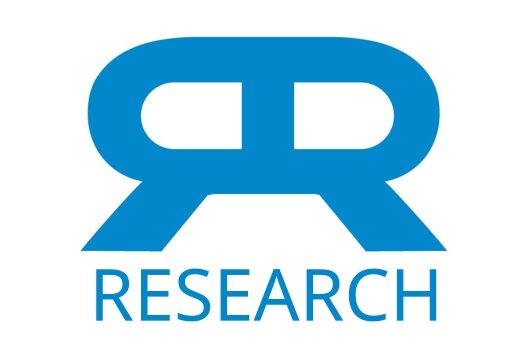We previously reported reduced blood pressure, psychological symptoms, and other cardiac risk factors in hypertensive patients who participated in a nonpharmacologic, outpatient behavioral program. The present study is a 3 to 5 year follow-up of 59 (60%) of the same patients (who served as their own controls) to assess continued efficacy of the program. At entry into the study, patients had hypertension for a median of 6 years. Therefore, it is unlikely that placebo effect could explain our results. The intervention included training in: elicitation of the relaxation response, nutrition, exercise, and stress management. Comparing measurements taken at the program beginning (pre), end (post) and 3–5 years later (follow-up) showed: (1) reduced systolic blood pressure from pre to follow-up (148–142 mmHg, P < 0.01), with no change from post to follow-up; (2) reduced diastolic blood pressure from pre to follow-up (94–87 mmHg, P < 0.01), with no change from post to follow-up; (3) reduced anxiety, depression and total psychological symptoms on the SCL-90 from pre to follow-up (P < 0.01), with no change from post to follow-up; and (4) increased weight gain from post to follow-up (P < 0.01). Analysis of a subset of patients that could be classified as “never receiving”, “reduced”, or “no change” in medication (N = 24), showed the same reduced blood pressure results. Increased medication use did not account for the long-term efficacy of the intervention.
Nonpharmacologic Intervention for Hypertension Long-Term Foliow-Up
Publication
Journal of Cardiopulmonary Rehabilitation
9(8):p 316-324
Abstract
Web and Email Links
Related Listings
Journal
American Journal of Public Health
A 12-week randomized experiment investigated the effects of daily relaxation breaks on office workers with “normal” blood pressure. Blood pressures of 126 volunteers from the corporate offices of a manufacturing firm were measured biweekly. After four weeks of baseline monitoring, volunteers were divided randomly into three groups: Group A was taught a technique for producing the relaxation response; Group B was “taught” to sit quietly; and Group C was taught nothing. Groups A and B w […]
Journal
Frontiers in Psychiatry
Background: Obsessive-compulsive disorder (OCD) is often a life-long disorder with high psychosocial impairment. Serotonin reuptake inhibitors (SRIs) are the only FDA approved drugs, and approximately 50% of patients are non-responders when using a criterion of 25% to 35% improvement with the Yale-Brown Obsessive-Compulsive Scale (Y-BOCS). About 30% are non-responders to combined first-line therapies (SRIs and exposure and response prevention). Previous research (one open, one randomi […]
Journal
Behavioral Medicine
Over the last 20 years, medical researchers from a variety of disciplines, including behavioral medicine, neuro-immunology, neuroendocrinology, social medicine, and psychiatry, have converged in an effort to produce greater understanding and acceptance of the effects of psychological factors on physical health. Many in the medical profession have remained somewhat skeptical, claiming that psychological components of healing are largely "folklore", unsubstantiated by hard evidence. The […]

